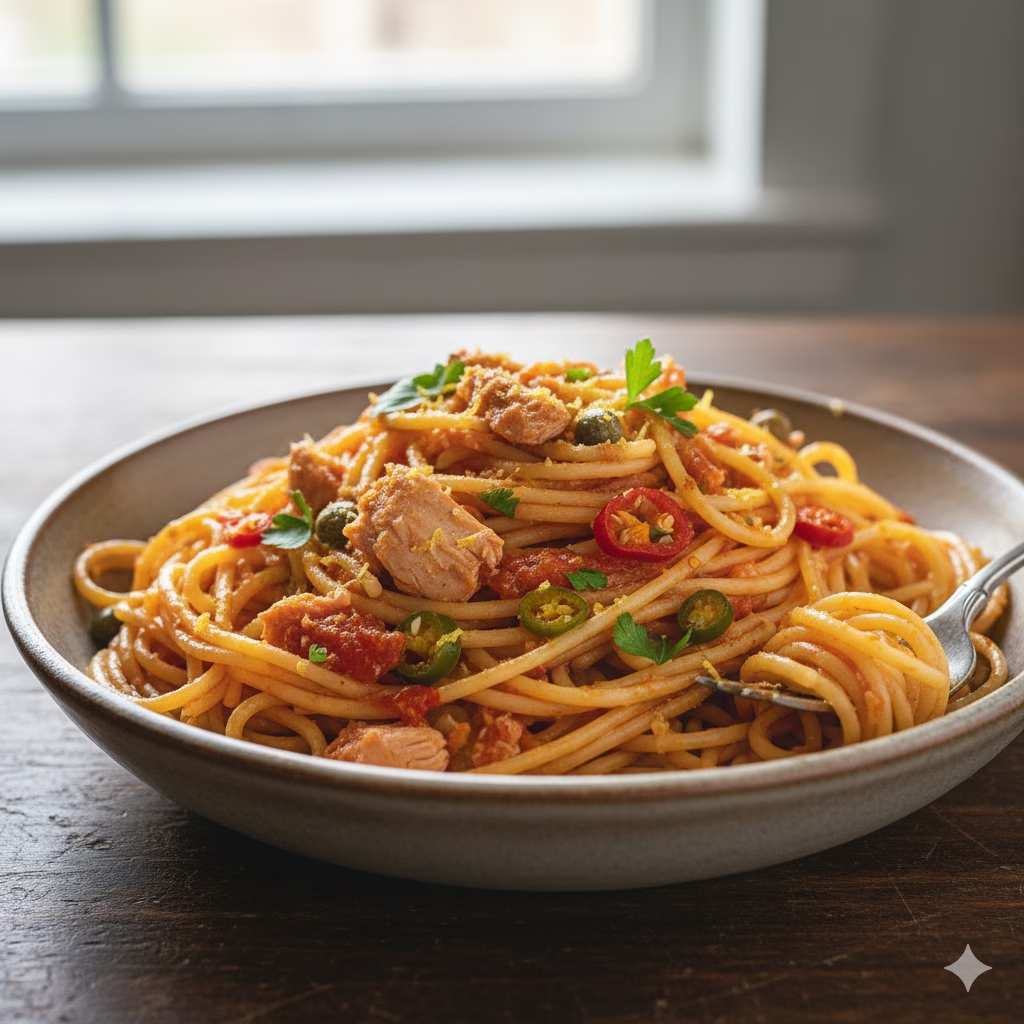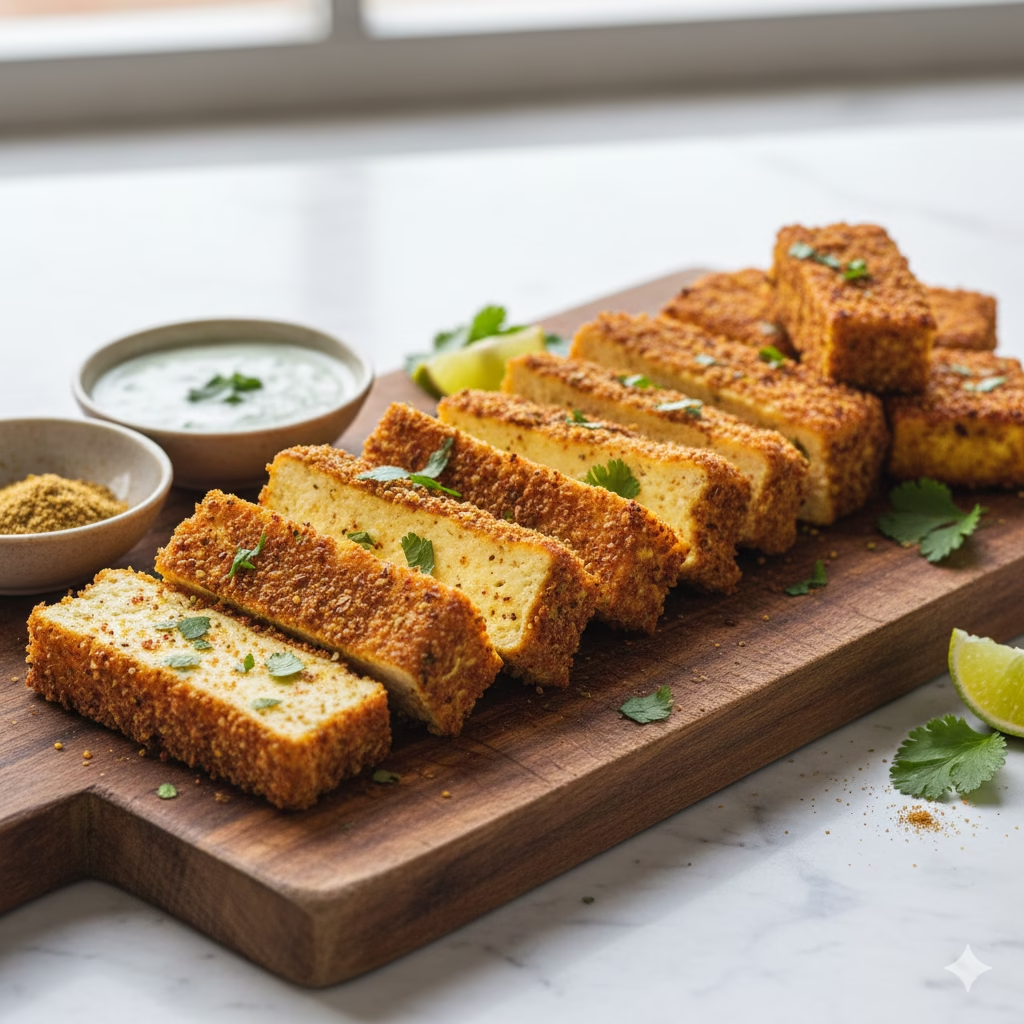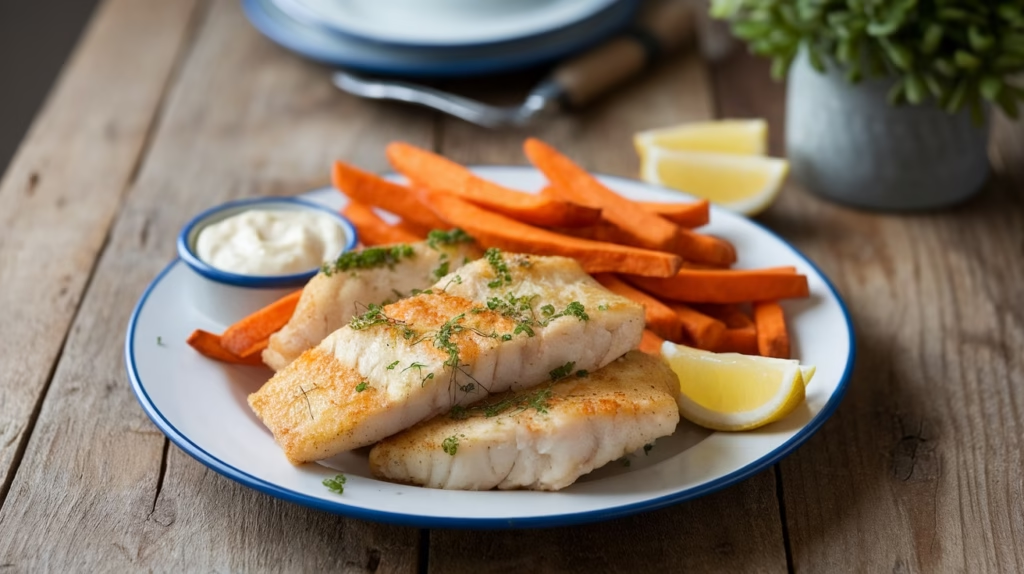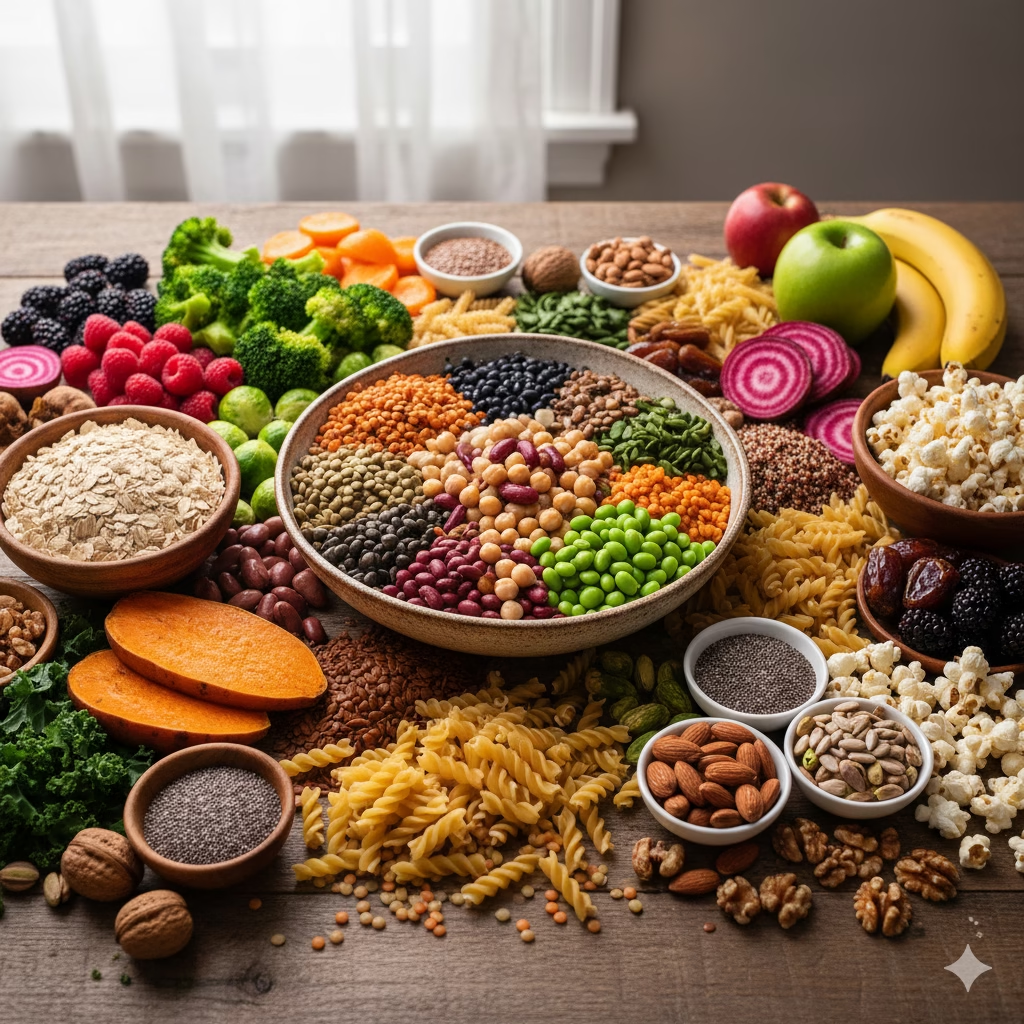
The Foundational Role of Fiber in Digestive Health: More Than Just Roughage!
Ever wondered what makes our tummies tick? One of the unsung heroes of our diet is dietary fiber, a fantastic component found in plant-based foods that our bodies can’t fully digest. And trust us, that’s a good thing! This unique quality makes fiber absolutely critical for great digestive health. It’s not just about keeping things regular; fiber actually lays the groundwork for a super healthy gut, impacting everything from steady blood sugar levels to nourishing the tiny, bustling community of microbes in your tummy. Most high-fiber foods bless us with a mix of different fiber types, so enjoying a variety of them is your secret weapon for feeling your best!

The Twofold Function of Fiber: Soluble vs. Insoluble – A Dynamic Duo for good Digestive Health
Let’s get to know fiber’s two main types: the soluble and the insoluble. Think of soluble fiber as the gentle giant. It loves water and dissolves into a soft, gel-like substance in your digestive tract. This lovely gel gently slows down digestion, which is brilliant for keeping your blood sugar levels nice and steady, especially helpful if you’re managing or mindful of type 2 diabetes. Soluble fiber also pitches in by helping to lower bad cholesterol, giving your heart a little extra hug! You’ll find this superstar in oats, beans, lentils, and so many yummy fruits and veggies.
Then there’s insoluble fiber, the trusty workhorse. It doesn’t dissolve in water but instead acts like a friendly scrub brush, moving through your system largely intact. This is what adds wonderful bulk to your stool, making sure everything glides along smoothly. If you’ve ever dealt with constipation, insoluble fiber is your best friend, promoting comfortable and regular bowel movements. You’ll find it abundant in whole-wheat products and veggies like cauliflower and green beans. Both types are superstars, working together to keep your digestion happy and contribute significantly to overall digestive health!
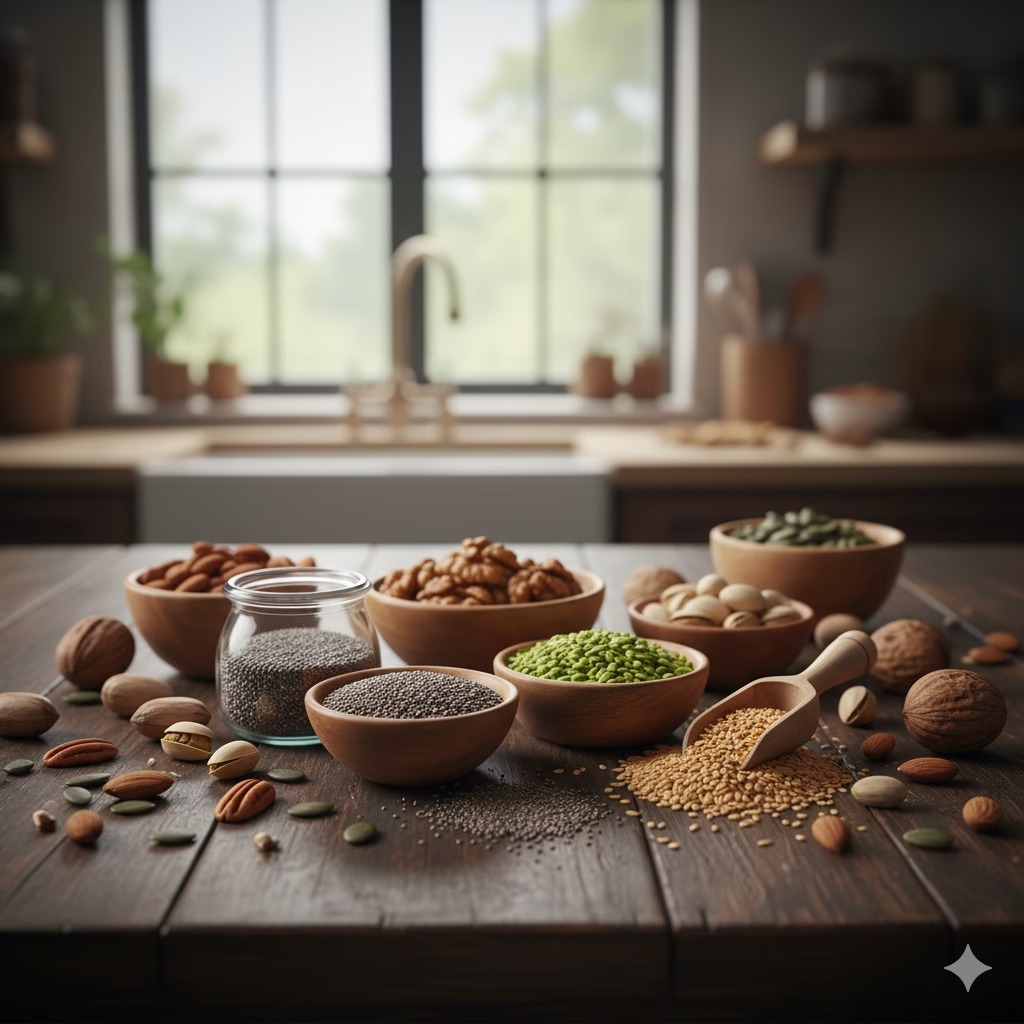
Fiber as a Prebiotic: Feeding Your Inner Garden for Amazing Digestive Health
Here’s where it gets really exciting! Fiber isn’t just about what we digest; it’s about what it feeds inside us. Certain types of fiber act as prebiotics, which are like gourmet meals for the billions of beneficial bacteria living in your gut! These “good” bacteria absolutely love to feast on the fiber our own bodies can’t break down. When they do, they create fantastic compounds called short-chain fatty acids (SCFAs). These SCFAs are like super fuel for the cells lining your colon, helping to keep your gut barrier strong and reduce inflammation.
Foods packed with prebiotic fiber include wonderful choices like whole grains, bananas, leafy greens, onions, garlic, and artichokes. Oats and barley, for instance, boast a special fiber called beta-glucan, which is a fantastic prebiotic. Giving your gut microbes this essential fuel is key to fostering a diverse and flourishing community, which is the hallmark of truly great digestive health. The more variety of fiber you eat, the happier and more diverse your gut garden will be!

The Gut-Health Connection: Let’s Get Real About Our Tummies
Let’s be honest: the typical modern diet often falls short on fiber and loads up on processed foods. This combo, unfortunately, has been linked to a real dip in the amazing diversity of our gut microbes. When our beneficial bacteria dwindle, our digestive system can become more vulnerable to imbalances and discomfort. This connection between eating enough fiber, having a healthy gut microbiome, and our overall well-being and digestive health is huge!
It’s a bit of a wake-up call, isn’t it? On average, adults in places like the UK often only consume around 16 grams of fiber a day – that’s roughly half of what’s recommended! This gap is a big deal, and it truly highlights why learning about delicious, high-fiber foods is so important. This guide isn’t just a list; it’s your friendly roadmap to understanding how these amazing foods can nourish your gut from the inside out, leading to a healthier, happier, and more resilient you!
A Delightful Tour Through High-Fiber Foods: Your Guide to What to Eat!
We’ve put together this fantastic list of high-fiber foods, all checked and verified using trusted sources like the USDA and the Mayo Clinic. We’ve standardized the fiber values to common serving sizes, so it’s super easy to compare! Just a little note: fiber content can sometimes change slightly depending on how you prepare your food (cooked versus raw) or even the specific variety.
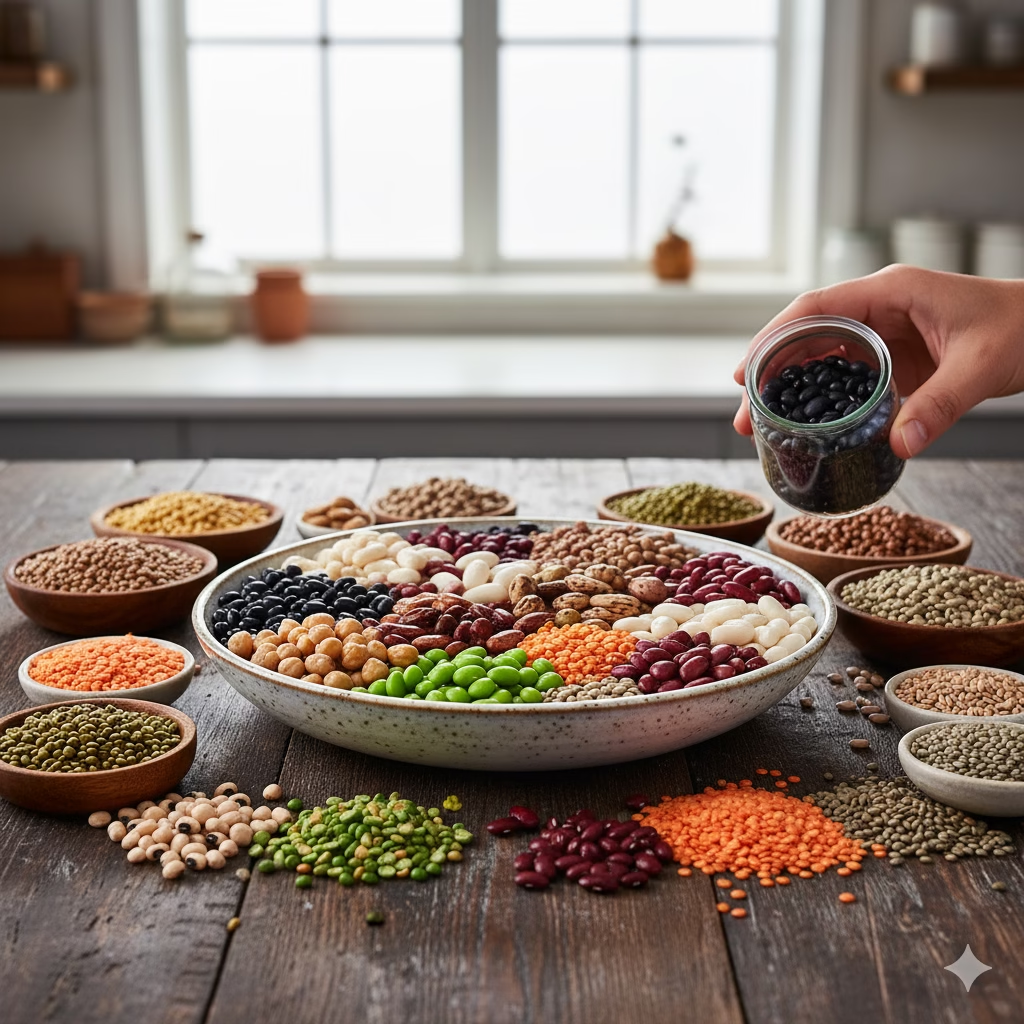
Legumes: The Ultimate Fiber Powerhouses!
Get ready to meet the champions of fiber! Legumes – that’s your beans, peas, and lentils – are consistently at the top of the list for fiber density. They’re incredibly versatile in the kitchen, making them a must-have for anyone looking to boost their digestive health.
- Split Peas: Just one cooked cup gives you an amazing 16.0 grams of fiber!
- Lentils: A cooked cup offers a fantastic 15.5 grams of fiber, a true kitchen hero.
- Black Beans: A cooked cup packs a punch with 15.0 grams of fiber.
- Pinto Beans: Enjoy a cooked cup for approximately 15.4 grams of fiber – hearty and healthy!
- White Beans (Cannellini, Navy, Great Northern): These offer a high yield, with one cooked cup giving you about 13.0 grams of fiber.
- Lima Beans: A cooked cup contains a substantial 13.2 grams of fiber.
- Chickpeas (Garbanzo Beans): Great in hummus or salads, a cooked cup provides 12.6 grams of fiber.
- Kidney Beans: A cooked cup offers roughly 11.4 grams of fiber – perfect for chili!
- Black-eyed Peas: A cooked cup contains approximately 11.2 grams of fiber.
- Edamame: These delightful cooked soybeans give you about 8.2 grams of fiber per cup.
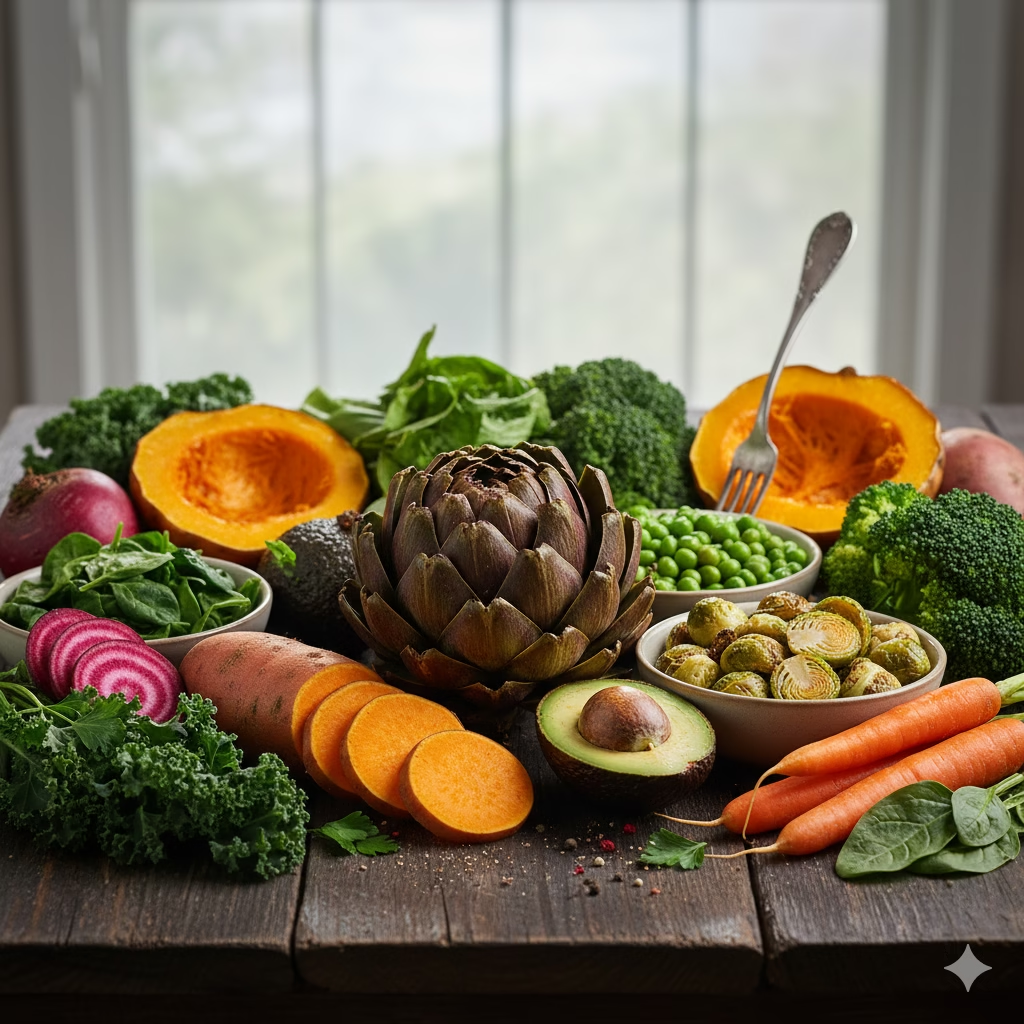
Vegetables: Your Colorful, Nutrient-Packed Fiber Friends
These are superstars for a fiber-rich diet, bringing a lovely mix of soluble and insoluble fibers, plus tons of other essential nutrients crucial for excellent digestive health. Don’t forget that cooking methods and whether you eat the skin can really change the fiber content! Many veggies hide their valuable insoluble fiber in their skins, so try to keep them on when possible.
- Artichoke: A cooked cup provides 9.6 grams of fiber, known for feeding your good gut bacteria.
- Green Peas: A cooked cup delivers 8.8 grams of fiber – tiny but mighty!
- Collard Greens: These leafy greens offer a substantial 7.6 grams of fiber per cooked cup.
- Brussels Sprouts: A cooked cup contains 6.4 grams of fiber, more than you might expect!
- Sweet Potato (with skin): A cooked cup provides a satisfying 6.3 grams of fiber. Don’t peel that skin!
- Broccoli: A cooked cup provides 5.2 grams of fiber – your mini trees of goodness.
- Turnip Greens: These leafy greens offer 5.0 grams of fiber per cooked cup.
- Avocado: This creamy, dreamy fruit (yes, it’s a fruit!) offers a fantastic 10.0 grams of fiber per cup!
- Kale: A popular leafy green, a cooked cup contains 4.7 grams of fiber.
- Spinach: A cooked cup adds 4.3 grams of fiber to your meal.
- Carrots: A cooked cup provides 4.8 grams of fiber, while raw gives you 3.6 grams.
- Beets: A cooked cup contains 2.8 grams of fiber – beautiful and beneficial!
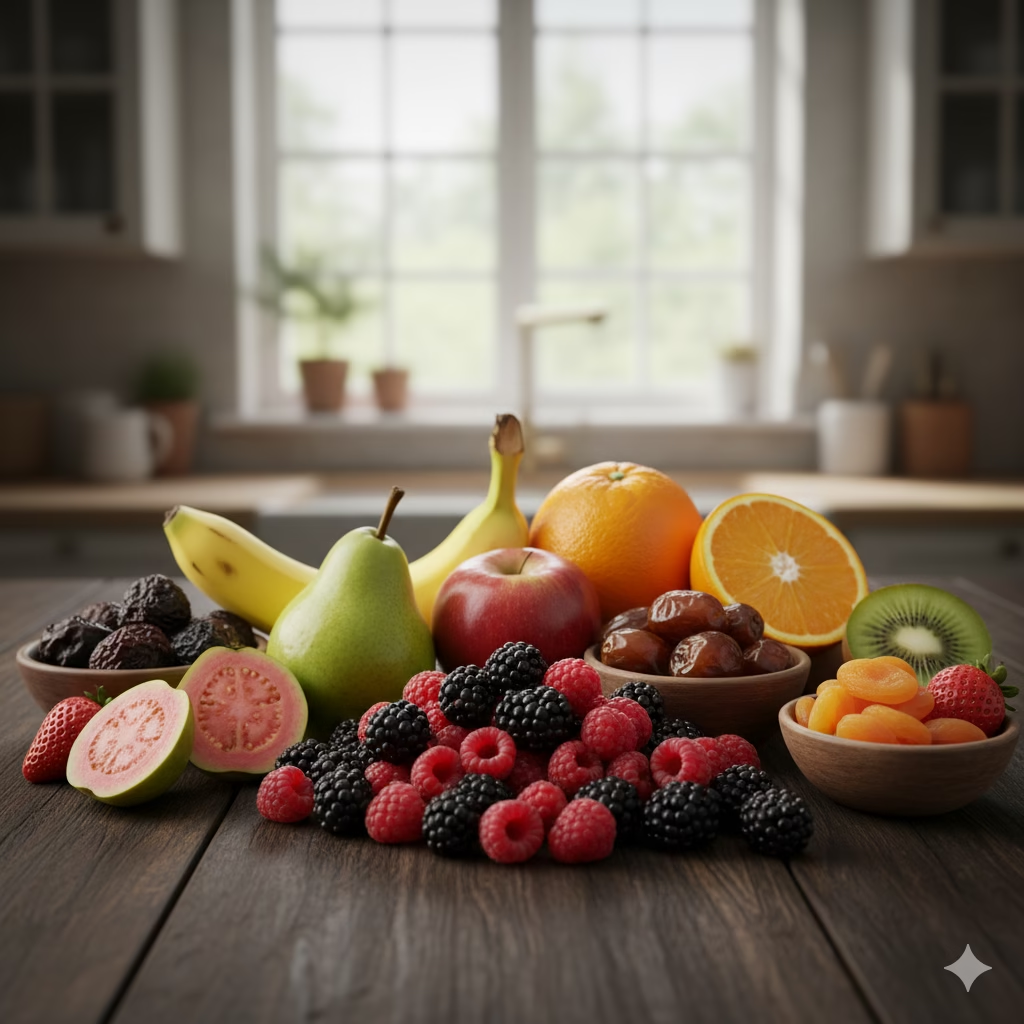
Fruits: A Sweet and Fibrous Treat for Your Palate and Gut!
These are absolutely amazing for fiber, offering sweet and natural support for your digestive health! Remember, much of their fiber is in the skin or pulp, so munching on whole fruits is always better than just drinking juice. Dried fruits are super concentrated in fiber, but also in calories and sugar, so enjoy them mindfully!
- Raspberries: With 8.0 grams per cup, these are among the most fiber-dense fruits – perfect for snacking!
- Blackberries: A cup has a lovely 7.6 grams of fiber.
- Guava: A cup contains 8.9 grams of fiber – a tropical fiber powerhouse!
- Pears: A medium pear with the skin on gives you 5.5 grams of fiber. The skin is where the magic happens!
- Apples: A medium apple with the skin on offers 4.5 grams of fiber – an apple a day!
- Banana: A medium-sized banana has about 3.0 grams of fiber, plus resistant starch to feed those good gut bacteria.
- Oranges: A medium orange provides 3.0 grams of fiber – so refreshing!
- Strawberries: A cup contains 3.0 grams of fiber – sweet little red gems.
- Kiwi: A cup provides 5.4 grams of fiber – don’t forget the skin for extra goodness!
- Dried Figs: A ¼ cup serving provides 3.7 grams of fiber – a sweet, chewy boost.
- Dried Apricots: A ¼ cup serving offers 3.8 grams of fiber.
- Dates: A ¼ cup serving provides 3.6 grams of fiber – naturally sweet and fibrous.
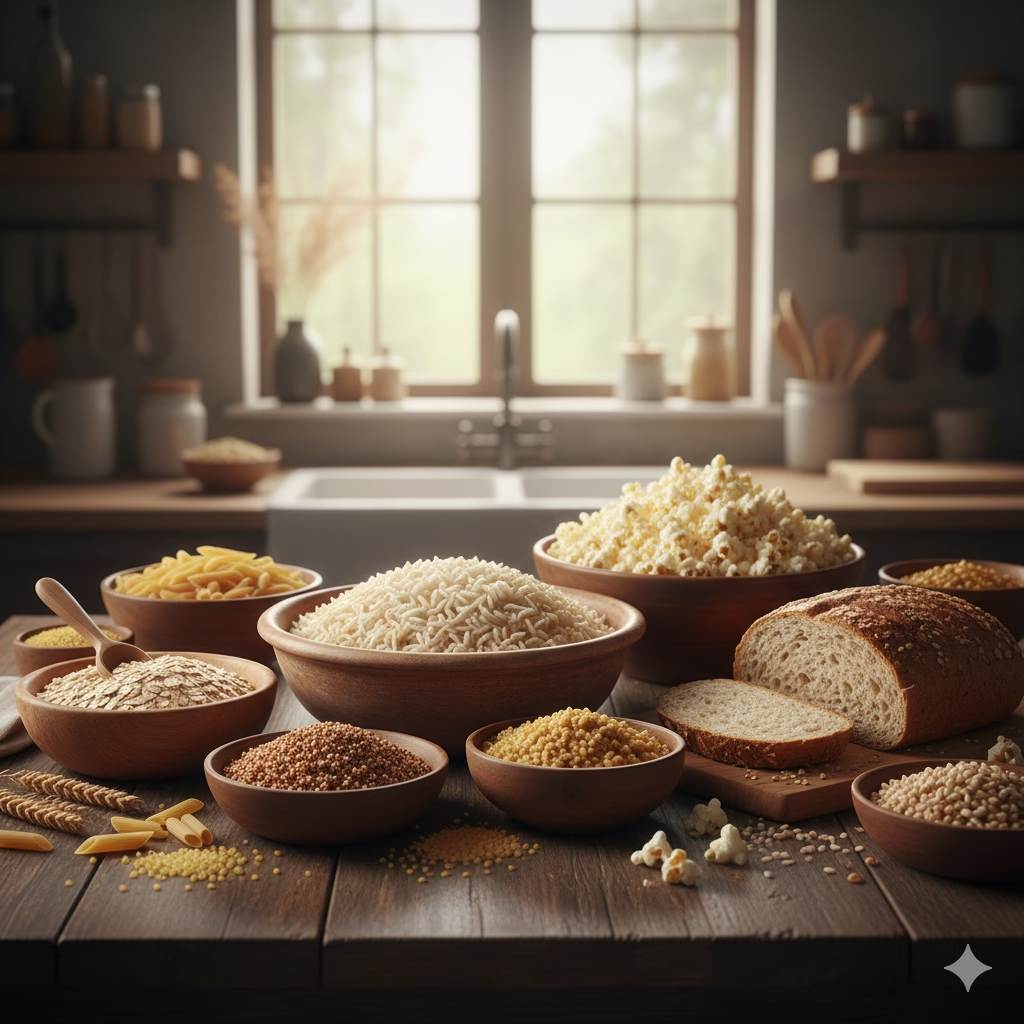
Whole Grains: Upgrading Your Staples for Better Digestion
Whole grains are simply brilliant fiber sources, far outshining their refined cousins. When grains are refined, they lose their precious outer bran, which is packed with fiber and nutrients. So, opting for whole-grain versions is a fantastic upgrade for your digestive health!
- Bulgur Wheat: A cooked cup provides 8.2 grams of fiber, making it one of the most fiber-rich grains available.
- Barley: A cooked cup of pearled barley contains 6.0 grams of fiber.
- Whole Wheat Pasta: A cup of cooked whole wheat pasta offers 6.0 grams of fiber, a significant improvement over regular pasta.
- Quinoa: This grain-like seed is noted for both its protein and fiber content, with one cooked cup providing 5.0 grams of fiber.
- Oats: Excellent sources of soluble fiber, particularly beta-glucan, a cooked cup of oatmeal provides 4.0 grams of fiber.
- Brown Rice: Brown rice contains more fiber than white rice, with a cooked cup providing 3.5 grams.
- Whole-Grain Bread: Opting for bread with “whole grain” listed as the first ingredient is crucial, as two slices can provide 4.0 grams of fiber.

Nuts and Seeds: A Dense and Versatile Source for Digestive Health
Nuts and seeds are miniature powerhouses of fiber and other nutrients, including healthy fats and protein. Due to their high calorie density, they are best consumed in moderation. They serve as excellent additions to meals and snacks for a significant fiber boost.
- Chia Seeds: A tiny but mighty source of fiber, providing a remarkable 10 grams per ounce.
- Flaxseeds: These seeds are high in omega-3 fatty acids and fiber, with an ounce providing 8 grams. For best absorption, it is recommended to use them ground.
- Pumpkin Seeds: An ounce of roasted pumpkin seeds with the shells provides 5.2 grams of fiber, making them an excellent snack.
- Almonds: A one-ounce serving contains about 3.5 grams of fiber.
- Pistachios: A one-ounce serving has 3.0 grams of fiber.
- Sunflower Seeds: One-quarter cup offers 3.0 grams of fiber.
- Pecans: An ounce of pecans provides 3.0 grams of fiber.
- Hazelnuts: A 1-ounce serving provides 3.1 grams of fiber.
- Walnuts: An ounce of walnuts, known for their healthy fats, provides 1.9 grams of fiber.
References
- Mayoclinic – Dietary fiber: Essential for a healthy diet
- Harvardhealth – Digestive Health
- Healthline – 15 Healthy Staples You Should Always Have on Hand
Recent Posts
